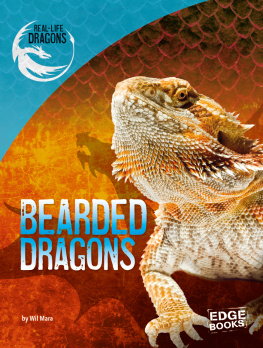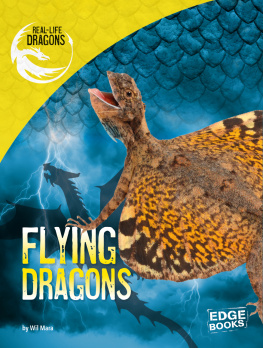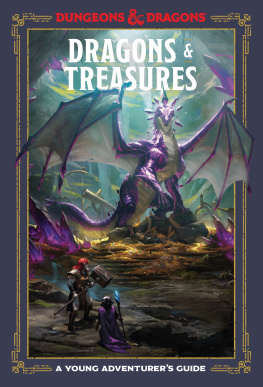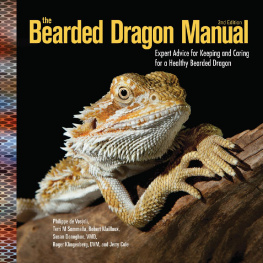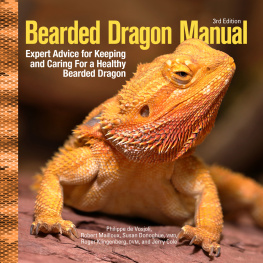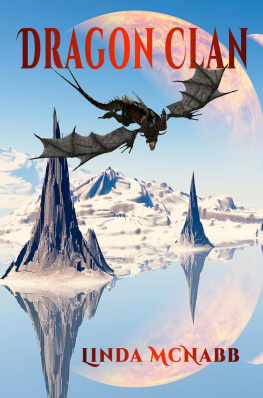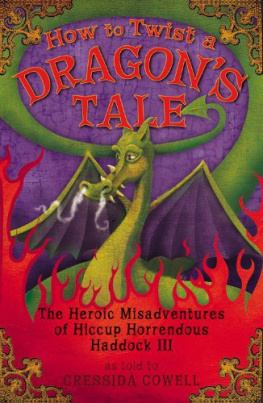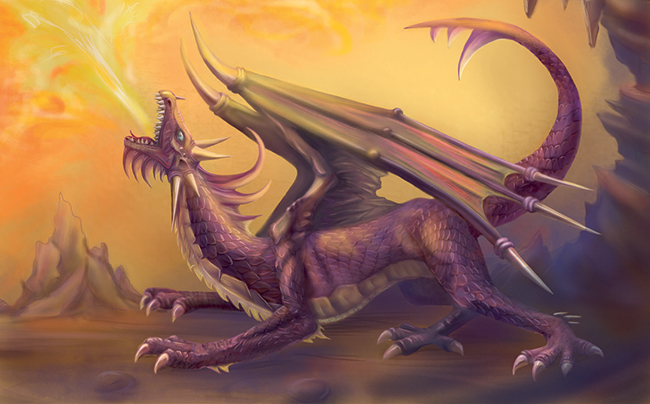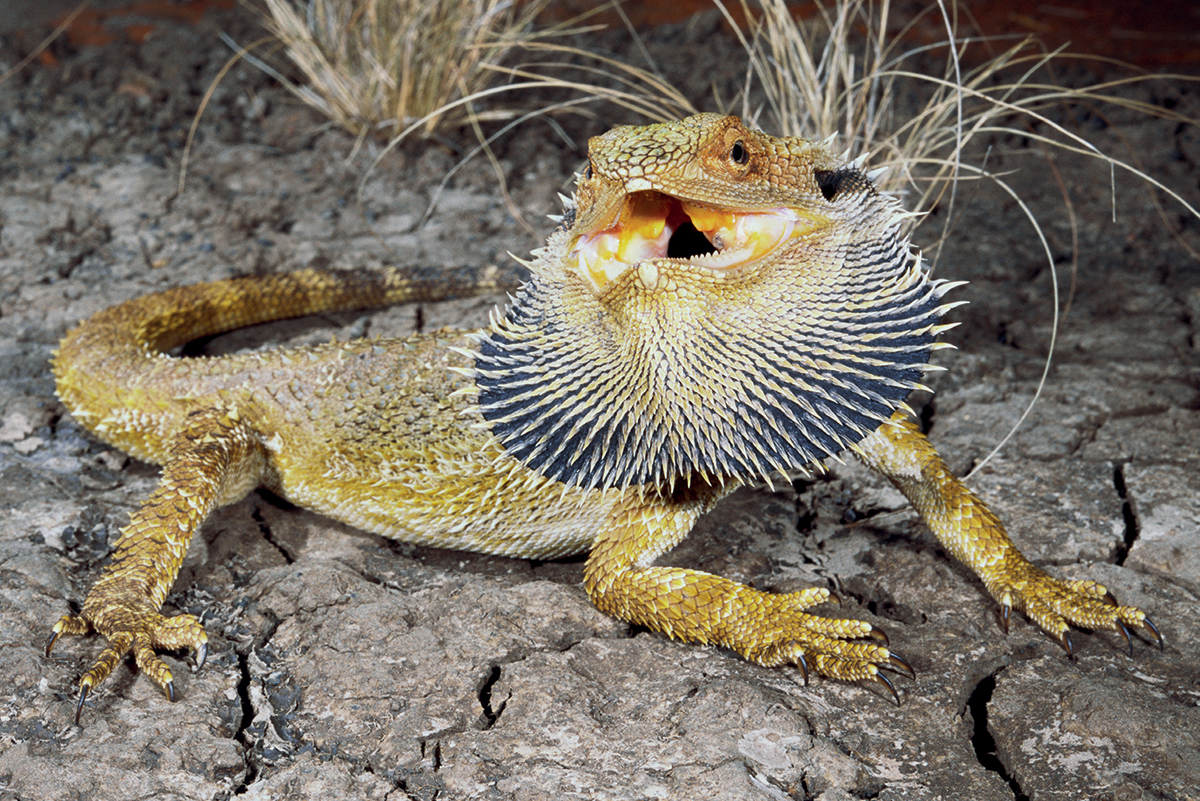BEARDED DRAGON FACTS
- NAMES:
- Common name: bearded dragon
- Genus name: Pogona (all bearded dragons)
- SPECIES:
- coastal or eastern bearded dragon (Pogona barbata)
- Rankins dragon (Pogona henrylawsoni)
- Drysdale River bearded dragon (Pogona microlepidota)
- Abrolhos or Abrolhos dwarf bearded dragon (Pogona minor minima)
- western bearded dragon (Pogona minor)
- Mitchells bearded dragon (Pogona mitchelli)
- Nullabor bearded dragon (Pogona nullarbor)
- central or inland bearded dragon (Pogona vitticeps)
- RANGE:
- throughout Australia, except some parts of the extreme north
- HABITAT:
- dry, arid, rocky, but with enough trees and shrubs to provide suitable cover
- SIZE:
- Males are about 22 to 24 inches (56 to 61 cm) long. Females are about 18 to 20 inches (46 to 51 cm) long.
- COLOR:
- usually light gray or tan with darker markings, such as brown or black, with a pale or light belly
- PREDATORS:
- large birds of prey, dingoes, snakes, larger lizards, humans
- LIFESPAN:
- around five years in the wild, slightly longer in captivity
GLOSSARY
(uh-GREH-siv) strong and forceful (BREED) to mate and raise a certain kind of animal (BUHR-oh) an underground home of an animal (KOHLD-BLUHD-id) having a body that needs to get heat from its surroundings (DAH-muh-nuhnt) the most powerful or important (MATE) to join together to produce young (NAY-tuhv) a species that lives and grows naturally in an area (OM-nuh-vor) an animal that eats both plants and other animals (PRED-uh-tur) an animal that hunts another animal for food (PRAY) an animal hunted by another animal for food (SOL-uh-ter-ee) living and hunting alone (SPEE-sheez) a group of creatures that are capable of reproducing with one another (suhb-MISS-uhv) not having power or control (tare-uh-TOR-ee-uhl) defending an area of land as ones own (VEN-uhm) a toxic substance produced by some animals to stun or kill prey
READ MORE
- De la Bdoyre, Camilla. The Wild Life of Lizards. The Wild Side. New York: Windmill Books, 2015.
- Raum, Elizabeth. Bearded Dragons. Lizards. Mankato, Minn.: Amicus High Interest, 2015.
- Shaffer, Jody Jensen. Bearded Dragons. Amazing Reptiles. Minneapolis: Core Library, 2015.
CRITICAL THINKING USING THE COMMON CORE
- When are bearded dragons most active? Why do you think this is? What are the advantages? (Craft and Structure)
- Bearded dragons eat both plants and animals. Why do they need to eat both kinds of food? (Key Idea and Details)
- Describe where bearded dragons live. Do you think they could survive in other areas of the wild? Explain why or why not. (Integration of Knowledge and Ideas)
INDEX
- defenses,
- dragons (myth),
- drinking,
- scales,
- size,
- skin flap (beard),
- species,
- central bearded
- dragon,
- Drysdale River
- bearded dragon,
- eastern bearded
- dragon,
- Rankins dragon,
- spikes,
- tails,
- teeth,
- territories,
- threats,
- habitat destruction,
- illegal pet trade,
- tongues,
CHAPTER 1
A CREEPING DRAGON
Its sunset in the desert. A creature scurries across the sand. Then it hears something. The creature slows down and turns. Without a sound, it creeps onto a rock. A bug scuttles along below. The creature does not care what kind of bug this is. Food isnt easy to find in the desert. The creature moves down the other side of the rock, slowly. It gets within inches of the bug. It lunges forward with its mouth open. Bam! It snatches the meal off the ground.
The is too strong. Soon the bug stops wiggling. The creature swallows it in a few mighty gulps. Then it licks the last lingering flavors from around its mouth and moves on. This creature is a bearded dragon lizard. It is still hungry. There is more hunting to do.
The Dragons of Mythology
Lizards that are called dragons get their name from the dragons of myth. The word dragon comes from Latin and Greek words that mean huge serpent. Dragons of stories are giant, fire-breathing beasts. They often have spiked tails and scaly skin. Bearded dragons have some things in common with the dragons of lore. Their skin is scaly. They have long tails. Fortunately, bearded dragons dont breathe fire!
A SPIKY DRAGON
The bearded dragon is an interesting lizard. Its body is wide and flat. Little spikes run around its triangular head. It has a flap of skin on its throat. The flap extends when the animal is angry or alarmed. A male also pushes out the flap when trying to attract females. When the flap extends, it turns a dark color. It looks like a beard. This is how the lizard gets the bearded part of its name.
A bearded dragons mouth is wide and thin. A narrow, pink tongue helps it grab food. More rows of spikes run along its sides between the front and hind legs. It has five long claws on each foot. Its long tail sweeps back and forth in the sand.
A bearded dragons pebbly skin is brown, gray, or tan. Darker spots may run along the back and down the tail. Its belly is lighter, usually yellow, cream, or white. Males are able to change color. They can become darker during fights with other males.
Male bearded dragons are slightly larger than females. They average about 22 to 24 inches (56 to 61 centimeters) long. Females grow to about 18 to 20 inches (46 to 51 cm) long.
The beard on this dragon became darker as it extended out from its neck.
IDENTIFYING DRAGONS
The bearded dragon is a reptile. Scales cover a reptiles body. The scales are tough and dry. The bearded dragon is a type of reptile called a lizard. The bearded dragon is part of a group of lizards known as agamids. Agamid lizards have strong legs. They are excellent climbers. They also have triangular-shaped heads. Many agamid lizards can also change color.

